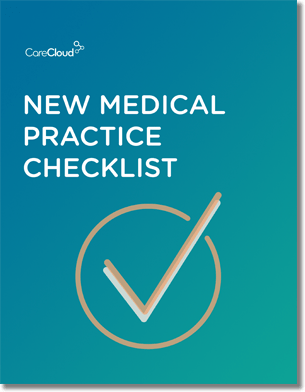Mark Hyman discusses functional medicine, a form of medicine often sadly lumped under the umbrella of Western alternative medicine, above. Functional medicine, however, isn’t the kind of thing you’ll find literature on at apothecaries reeking of cucumber tea.
Case in point: I read a feature on Dr. Eric Schadt in Esquire about a year ago. Schadt is a geneticist and molecular biologist by trade, but his research, publications, and varied pharmaceutical resumes point to more significant trends.
Essentially, Schadt and his colleagues are breaking away with the one-gene-at-a-time mentality so prevalent among today’s biologists, instead of recognizing DNA molecules as microscopic networks whose implications cause changes in cellular networks, which then cause changes in tissue networks and eventually cause changes throughout an organism.
In other words, Schadt believes biological networks comprised of thousands of genes mirror social ones. In many ways, Schadt’s breakthroughs validate the “systems thinking” approach to medicine that Hyman discusses in the video.
Hyman’s claim that diseases don’t exist plays to Schadt’s notion of biology as a study of networks, arguing that to treat ailments we must understand the body as a network, and both biological and social networks are the drivers of one’s health.
When Hyman declares we should classify ailments by cause and mechanism, he’s on to something Schadt believes would save the pharmaceutical industry and their consumers billions.
But even if Schadt is right that these genetic networks are predictable and their activity can be tracked via human means, Hyman believes it would take medicine 20 years to adapt this kind of mentality, and pharmaceuticals must necessarily gauge the state of medicine before they conduct business and reevaluate the products in their pipelines.
Not everyone in the industry is ignoring the systems approach, however. Healthcare IT companies are prepared to adapt to the functional medicine approach if necessary.
Electronic health records and revenue cycle management systems are built to help users focus on individual parts of a patient visit or the revenue cycle, and each of these components operates within the context of the system to which they belong, promoting interoperability and avoiding unforeseen repercussions. It’s possible that the state of the health IT industry is an indicator of the future medicine has in store.
Maybe its time for thinkers like Schadt and Hyman to meet over coffee.

Do you know what you need when setting up a new medical practice?



